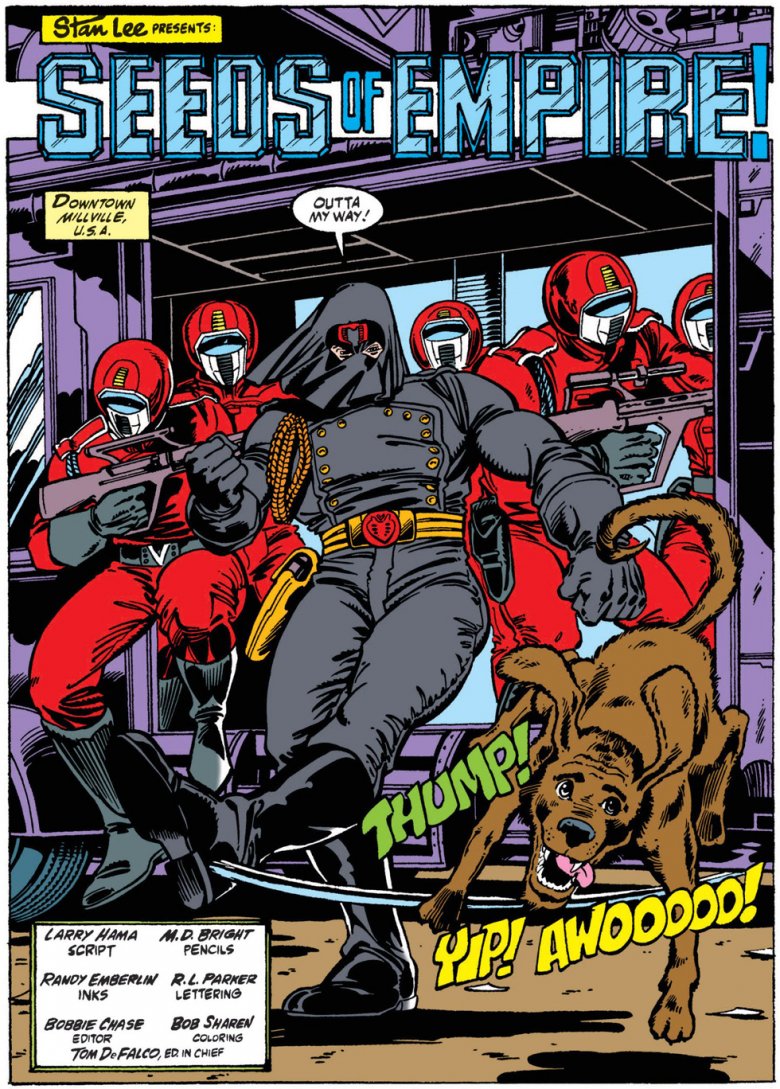
Mexican conservatives, therefore, abolished slavery, terminated land contracts, and sent the army to remove the Anglo settlers. This spatial and political balance, however, unraveled the moment the elites of Mexico City decided that they were losing control over the northern frontiers. Be that as it may, a deep ethnic chasm did open between east and west Texas. Tejanos did not hesitate to feed the Caribbean royal galleys and fortifications with slaves.

For centuries Tejanos incorporated Apache criados (servants) into their household and drove thousands of Chichimeca captives into the silver mines of Parral and Zacatecas and into the cattle ranches of Nuevo Leon. Both could have used their political and commercial advantages to push Anglos out of the business of producing cotton with slaves, for Tejanos were not squeamish about slavery. There were Tejanos in Nacogdoches who monopolized the Comanche trade of horses and there were many well-off Tejano war-of-independence-refugees in New Orleans. Torget never explains why Tejanos did not themselves become cotton planters. In the east, there were swelling communities of Anglo settlers setting up plantations along the banks of the Colorado, Brazos, and Trinity, while churning out bales of cotton for New Orleans markets. In the west, there were thin communities of Tejanos working as pro-slavery lobbyists in Coahuila and as importers of Anglo goods to satisfy the demands of La Bahia, Goliath, and San Antonio. Torget describes the spatial partition of Texas that ensued. There were many Anglo land speculators around but none delivered what the Austin did, namely, cunning diplomatic work to keep republican, antislavery, federalist Mexicans and pro-slavery Anglo colonists moderately satisfied.

The Austins brought Anglo, land-hungry colonists across the Sabine River into Eastern Texas in the early 1820s by offering legalized slavery. Tejanos found in Anglo entrepreneurs like the Austin family a viable escape from a decades long crisis. Comanches raided the already weakened Tejanos. Tejas found itself unable to pay the Comanche tribute precisely at the time that the Mississippi River cotton boom required large imports of horses. A royalist bloody response to the creation of autonomous creole juntas almost led to the annihilation of the Tejano population. Torget shows that Spanish Texas had become an utterly dysfunctional polity.

Andrew Torget’s Seeds of Empire places the early history of nineteenth-century Texas squarely within the political economy of slavery, cotton, and geopolitics.


 0 kommentar(er)
0 kommentar(er)
